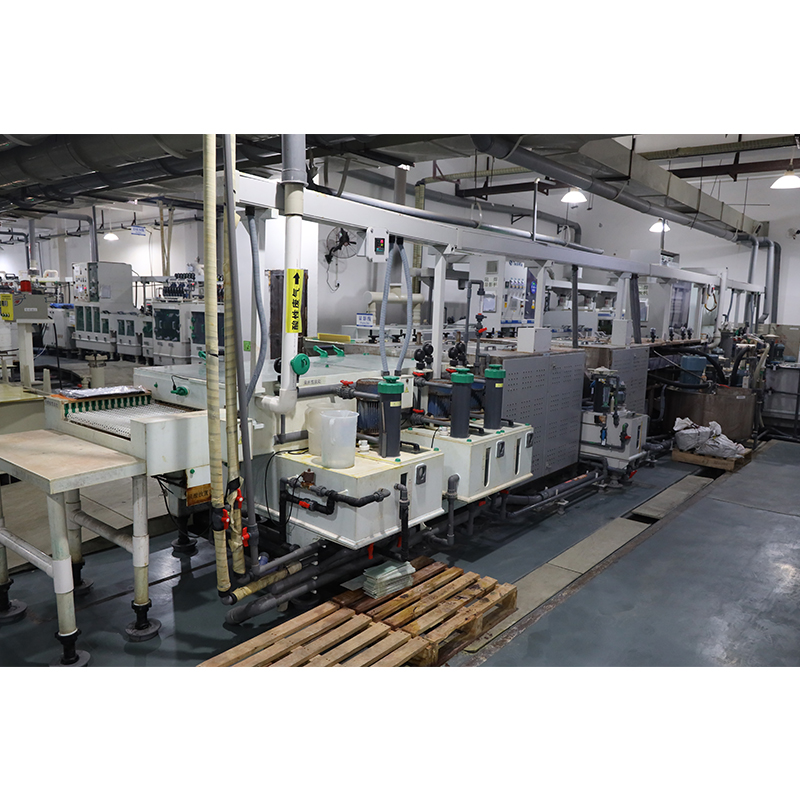Introduce:
Welcome to Capel’s blog, where our goal is to provide a comprehensive guide to prototyping HDI PCBs using high-speed digital signals. With 15 years of circuit board production experience, our dedicated team of professionals can help you navigate the complexities of prototyping and production. We provide pre-sales and after-sales technical services to ensure full customer satisfaction. In this article, we’ll delve into the complexities of HDI PCB prototyping, highlight the importance of high-speed digital signals, and provide valuable insights to help you excel in the field.
Part 1: Understanding the Implications of HDI PCB Prototyping
To achieve optimal performance and functionality, it is critical to understand the importance of HDI PCB prototyping in high-speed digital applications. High-density interconnect (HDI) PCBs are engineered to accommodate multiple layers and complex circuitry, thereby enhancing signal integrity, reducing interference, and improving electrical performance. These properties become increasingly important when processing high-speed digital signals, where even small impedance mismatches or signal distortions can lead to data corruption or loss.
Section 2: Key Considerations for Prototyping HDI PCBs
2.1 Design for Manufacturability (DfM)
Design for Manufacturability (DfM) plays a vital role in HDI PCB prototyping. Working closely with board designers during the initial ideation phase allows for seamless integration of design specifications and manufacturing capabilities. By incorporating DfM principles such as optimizing trace widths, selecting appropriate materials, and considering component placement, you can mitigate potential manufacturing challenges and reduce overall costs.
2.2 Material selection
Choosing the right materials for HDI PCB prototypes is critical to achieving optimal electrical performance and reliability. Materials with low dielectric constant, controlled impedance properties, and excellent signal propagation characteristics should be sought. Additionally, consider using specialized high-speed laminates to tightly control signal integrity and minimize signal loss.
2.3 Stackup design and signal integrity
Proper stackup design can significantly impact signal integrity and overall performance. Layer placement, copper thickness, and dielectric thickness should be carefully planned to minimize crosstalk, signal loss, and electromagnetic interference. Utilizing controlled impedance routing technology while adhering to industry standards helps maintain signal integrity and reduce reflections.
Section 3: HDI PCB Prototyping Technology
3.1 Microhole laser drilling
Microvias are critical for achieving high-density circuitry in HDI PCBs and can be created efficiently using laser drilling technology. Laser drilling enables precise control of via size, aspect ratio and pad size, ensuring reliable connections even in small form factors. Working with an experienced PCB manufacturer like Capel ensures precise execution of the complex process of laser drilling.
3.2 Sequential lamination
Sequential lamination is a key technology used in the HDI PCB prototyping process and involves laminating multiple layers together. This allows for tighter routing, minimized interconnect lengths, and reduced parasitics. By using innovative lamination technologies such as Build-Up Process (BUP), you can achieve higher densities without compromising signal integrity.
Section 4: Best Practices for High-Speed Digital Signal Integrity
4.1 Impedance control and signal integrity analysis
Implementing impedance control techniques such as controlled impedance traces and impedance matching is critical to maintaining signal integrity in high-speed digital designs. Advanced simulation tools can help you analyze signal integrity issues, identify potential impedance changes, and optimize PCB layout accordingly.
4.2 Signal Integrity Design Guidelines
Following industry-standard design guidelines for high-speed digital signals can enhance the overall performance of your HDI PCB prototype. Some practices to keep in mind are minimizing discontinuities, optimizing return paths, and reducing the number of vias in high-speed areas. Working with our experienced technical research and development team can help you comply with these guidelines effectively.
In conclusion:
Prototyping HDI PCBs using high-speed digital signals requires meticulous attention to detail. By leveraging Capel’s expertise and experience, you can streamline processes, reduce production risks and achieve superior results. Whether you need rapid prototyping or volume production, our circuit board production facilities can meet your requirements. Contact our professional team today to gain a competitive edge in the fast-paced world of high-speed digital signal HDI PCB manufacturing.
Post time: Oct-17-2023
Back







